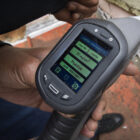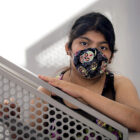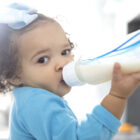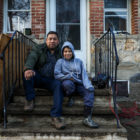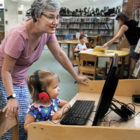Many Children Face Health Hazards Due To Obesity
|
Almost 1 in 16 children are morbidly obese in the United States. These children all have a greater risk of many illnesses, self-harm and premature death. “Obesity during childhood and adolescence is associated with a wide range of illnesses, negative social consequences, and poor academic performance,” the American Journal of Preventive Medicine said. The national obesity rate among ages 2 to 19 rose from 19.3% in 2019 to 22.4% in 2020, according to the Robert Wood Johnson Foundation. The national average for youths who are morbidly obese (those who are 100 pounds over their recommended weight) is 6.1%.

